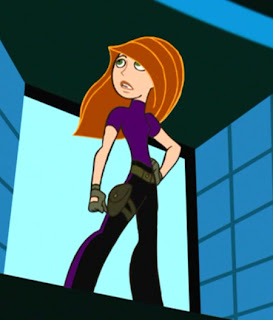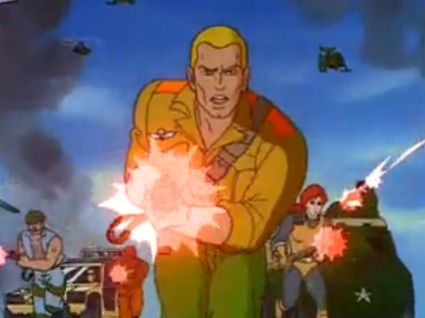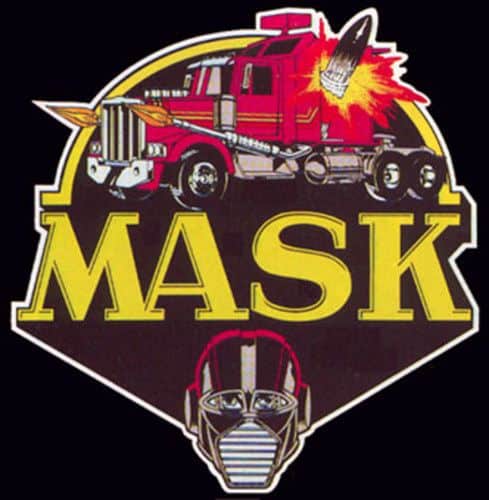"What is a cyborg? One of the most famous essays on cyborgs is Donna Haraway's "Cyborg Manifesto," in which she defines cyborgs as creatures that are a combination of oragnism and technology. ... Thus the cyborg is a strong figure, and it is one that has penentrated many a science fiction story..."
- Battlestar Galactica and Philosophy, Josef
Steiff, 2008
A cyborg is a being of biological and artificial make up. When the concept first originated, it was considered that a cyborg was something with enhanced capabilities above what was consisered normal, however in recent years the term has come to represent an individual that uses technology the achieve a desired enhancement.
But
WHY become a cyborg?
Several reasons have been developed over the reason why an individual would become a cyborg, their choice or not:
- First and foremost is for enhancement. Most individuals become cyborgs to enhance themselves physically and even mentally allowing them to overcome obstacles and tasks they would not normally be able to complete.
- Second is to replace limbs. These are usually lost during accidents and are typically replaced to re-enable an individuals use of the limbs specific function, i.e a leg for walking.
- The third reason is to save a life. The individuals that are cyberised have likely suffered injuries that would prove to be fatal and usually the vast majority of their being is synthetic or mechanical to replace what was lost.




























